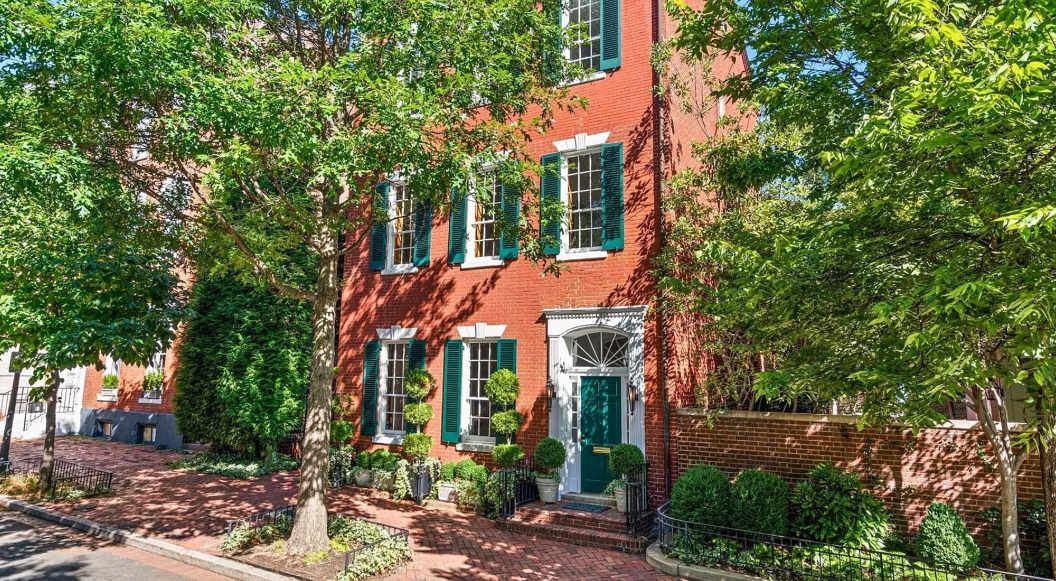
Business
Before the White House: JFK’s Former Georgetown Residence Lists as a Federal-Era Masterpiece

The Marbury House at 3307 N Street NW stands as one of Georgetown’s most historically significant residences, commissioned by the man whose legal battle fundamentally shaped American constitutional law.
Built circa 1811 by William Marbury — the Georgetown financier whose Supreme Court case established judicial review — this Federal-style townhouse later became the Washington home of Senator John F. Kennedy and Jacqueline Bouvier Kennedy.
Represented by Michael Rankin of TTR Sotheby’s International Realty, this estate bridges two defining chapters of American history while preserving the architectural integrity that has distinguished it for more than two centuries.
The rose-red brick façade exemplifies Federal-period restraint, with balanced courses framing symmetrically aligned sash windows dressed in deep green shutters. The interior floor plan reflects the social customs of early Washington, conceived for conversation and diplomatic entertaining.
A gracious stair hall leads to a double parlor with high ceilings and large-scaled rooms designed for the political discourse that defined the capital’s formative years.
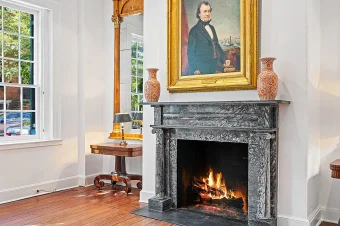
A Constitutional Foundation
William Marbury’s ownership anchors the residence in the nation’s earliest years. As a trusted figure in John Adams’ Federalist circle, Marbury served in pivotal financial and civic roles during the capital’s infancy. His legal challenge in Marbury v. Madison (1803) established the doctrine of judicial review, fundamentally shaping the balance of powers among government branches. In this house, politics, finance, and the social fabric of early Washington intertwined, giving the property a provenance few American residences can claim.
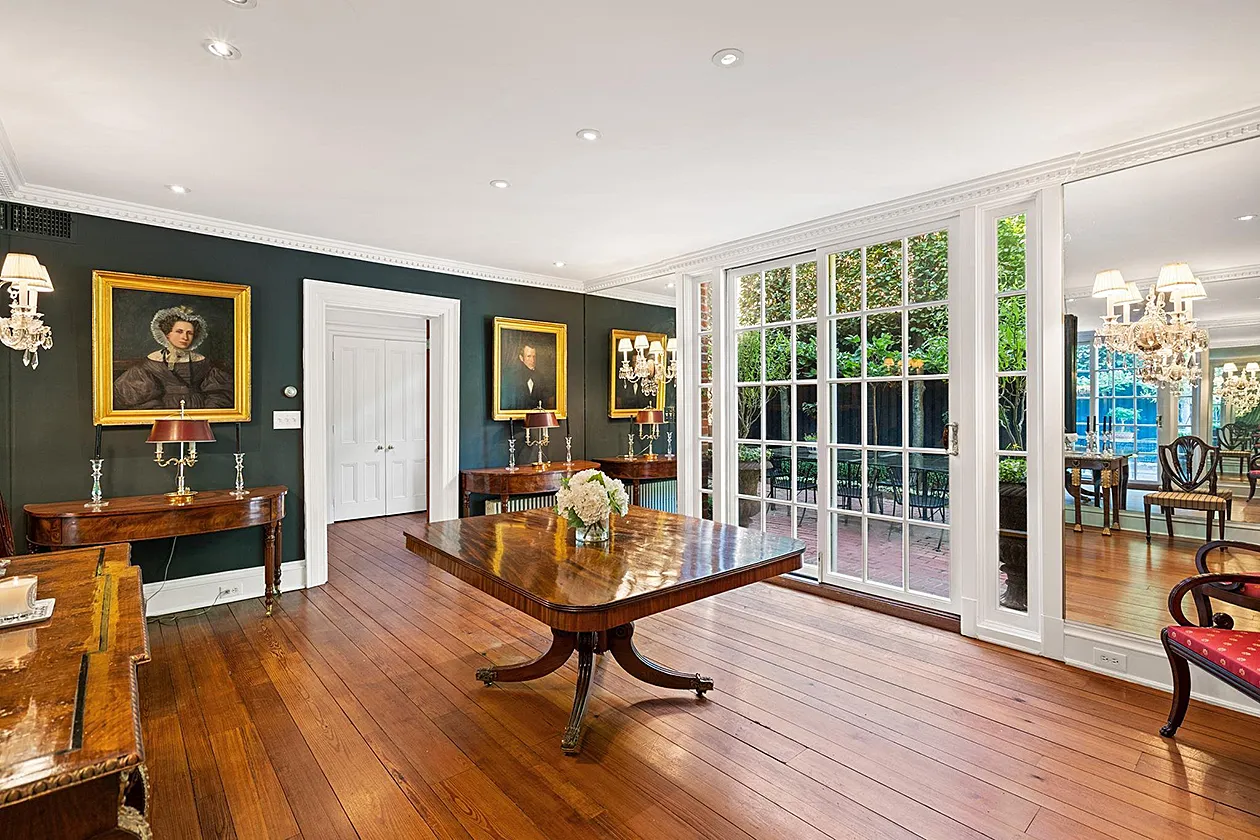
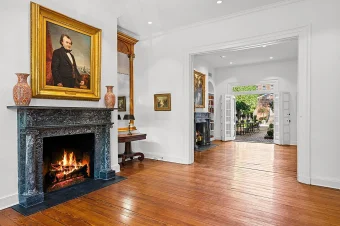
The Kennedy Chapter
More than a century later, Senator John F. Kennedy and Jacqueline Bouvier Kennedy purchased 3307 N Street in late 1957, making it their first owned residence in Washington.
The townhouse became the setting for young family life intersecting with rising national political ambitions — both Caroline and John F. Kennedy Jr. were born during this period.
Jacqueline Kennedy transformed the double living room into a polished salon where “political teas” and carefully curated gatherings subtly advanced her husband’s presidential prospects. During the 1960 campaign and transition, the townhouse functioned as an informal operations center where Cabinet appointees were considered and announcements were shared with press gathered along the brick sidewalks. On January 20, 1961, John and Jacqueline Kennedy departed through this door for inaugural ceremonies, fixing the residence in the nation’s visual memory.
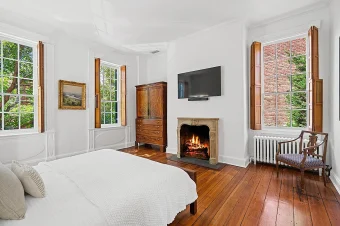
Architectural Integrity and Location
The upper floors provide five bedrooms, numerous full bathrooms, a library, and an accessible walk-up attic with high ceilings and windows. The lower floor offers separate quarters with private entrance, while a one-car garage and two surface parking spaces address Georgetown’s parking constraints. Original architectural elements remain intact throughout, with modern systems integrated without compromising the essential character.
The location at the core of Georgetown provides access to the C&O Canal towpath, Georgetown University, and concentrated retail establishments along M Street and Wisconsin Avenue. The neighborhood has maintained its architectural integrity through strict preservation standards, ensuring one of Washington’s most sought-after addresses.
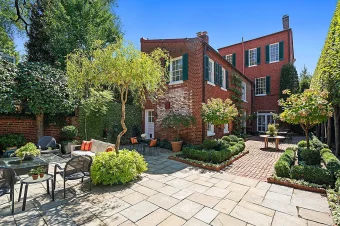
The Marbury House represents what sophisticated buyers prioritize: architectural integrity, historical provenance, generous garden spaces, and a Georgetown address that has retained its cachet across generations.
James Edition
Featured insights